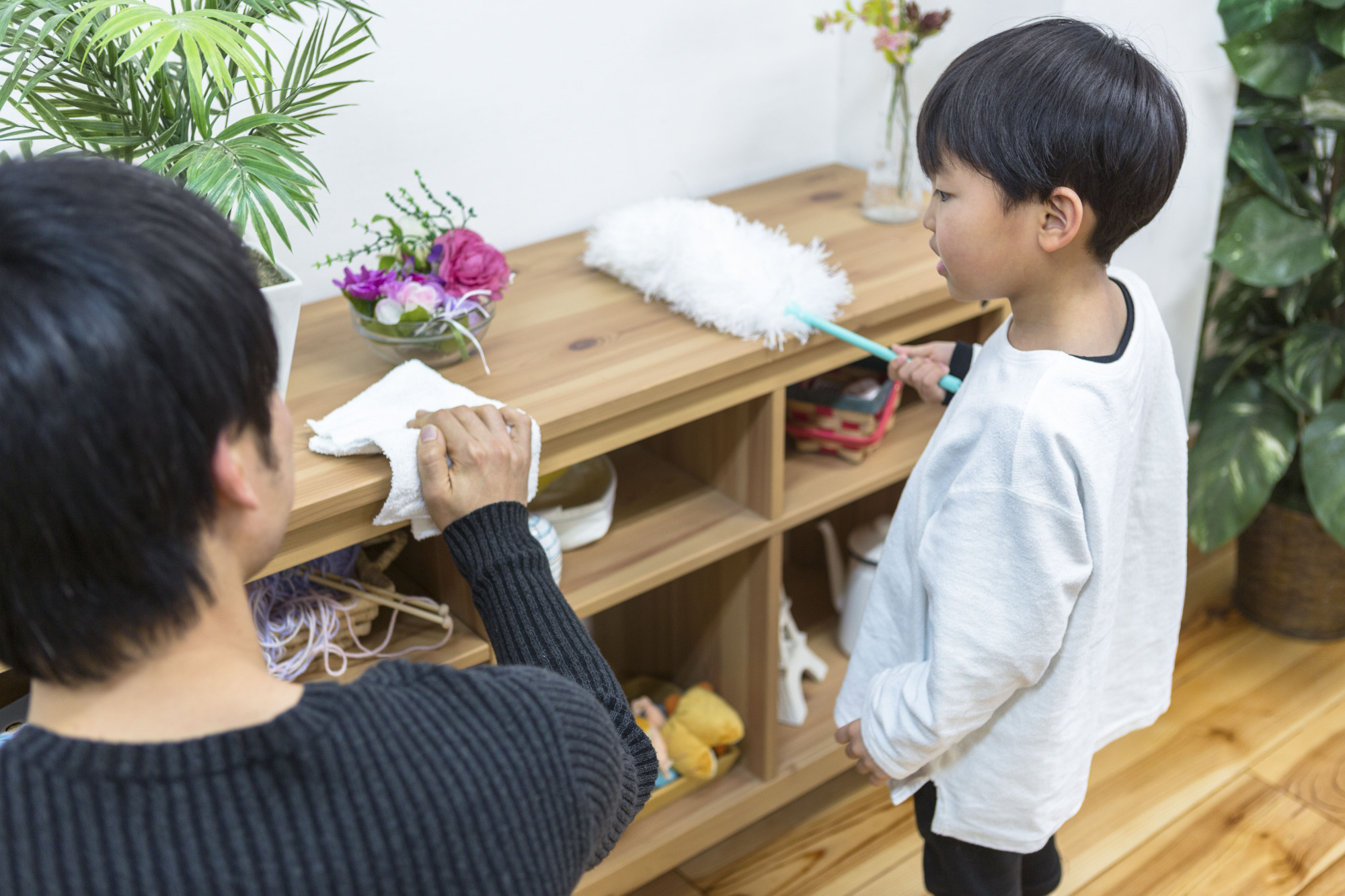It's that time of year again, 年末 (nenmatsu, the end of the year) has arrived and with it come 年末行事 (nenmatsu gyōji, year-end rituals). This includes eating かぼちゃ (kabocha, pumpkin) and hopping in a ゆず湯 (yuzu-yu, yuzu bath) on 冬至 (tōji, winter solstice), getting your 年賀状 (nengajō, New Year's greeting cards) in order, and cooking or ordering おせち料理 (osechi ryōri, traditional New Year's cuisine) to eat on New Year's Eve.
But the most important of these rituals is 大掃除 (ōsōji, year-end "big" cleaning). Families dust away the cobwebs from the 仏壇 (butsudan, family altar), deep clean the stove, bleach カビ (kabi, mold) off bathroom walls, and throw out 賞味期限切れ食品 (shōmi kigen-gire shokuhin, expired foods) to clear the fridge.
While 大掃除 is generally a physical activity, your humble scribe takes it metaphorically as well and engages in a mental 片付け (katazuke, tidying up) of sorts. This involves a good soak in the お風呂 (o-furo, bath) and long walks through the city, but today I want to straighten up some of my digital documents.


















With your current subscription plan you can comment on stories. However, before writing your first comment, please create a display name in the Profile section of your subscriber account page.